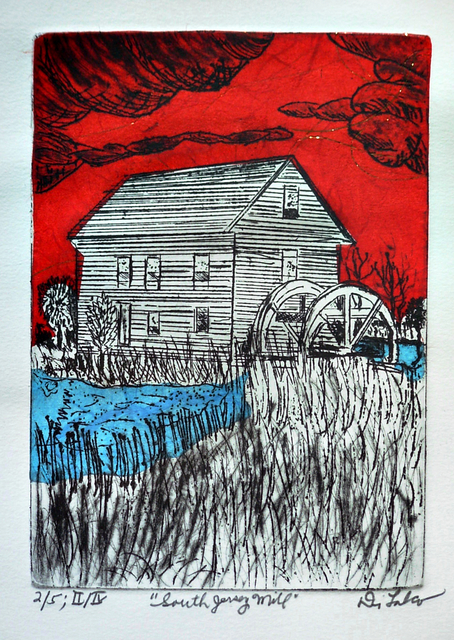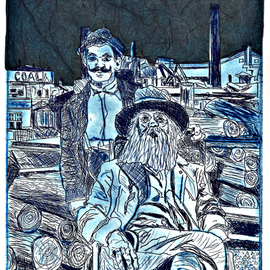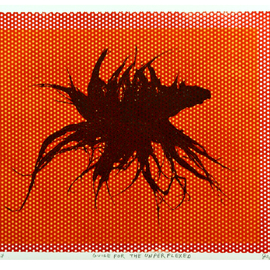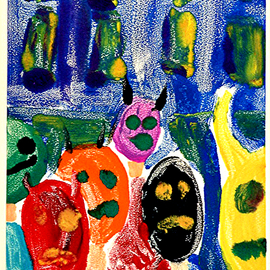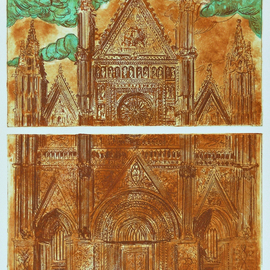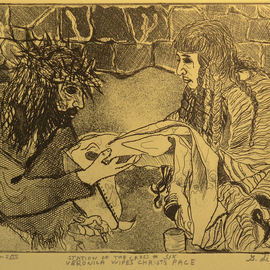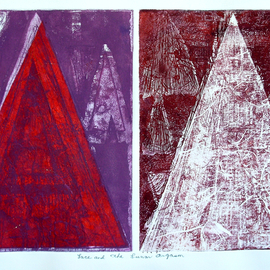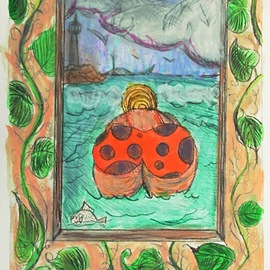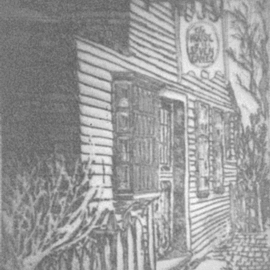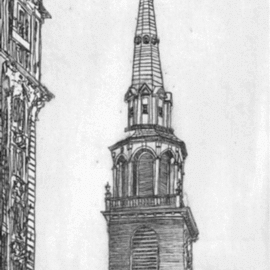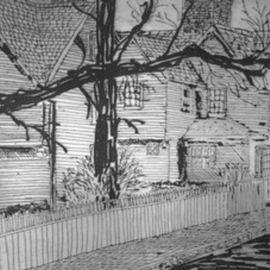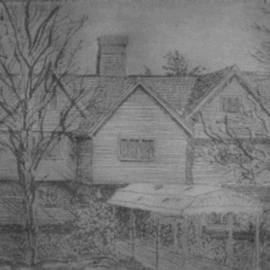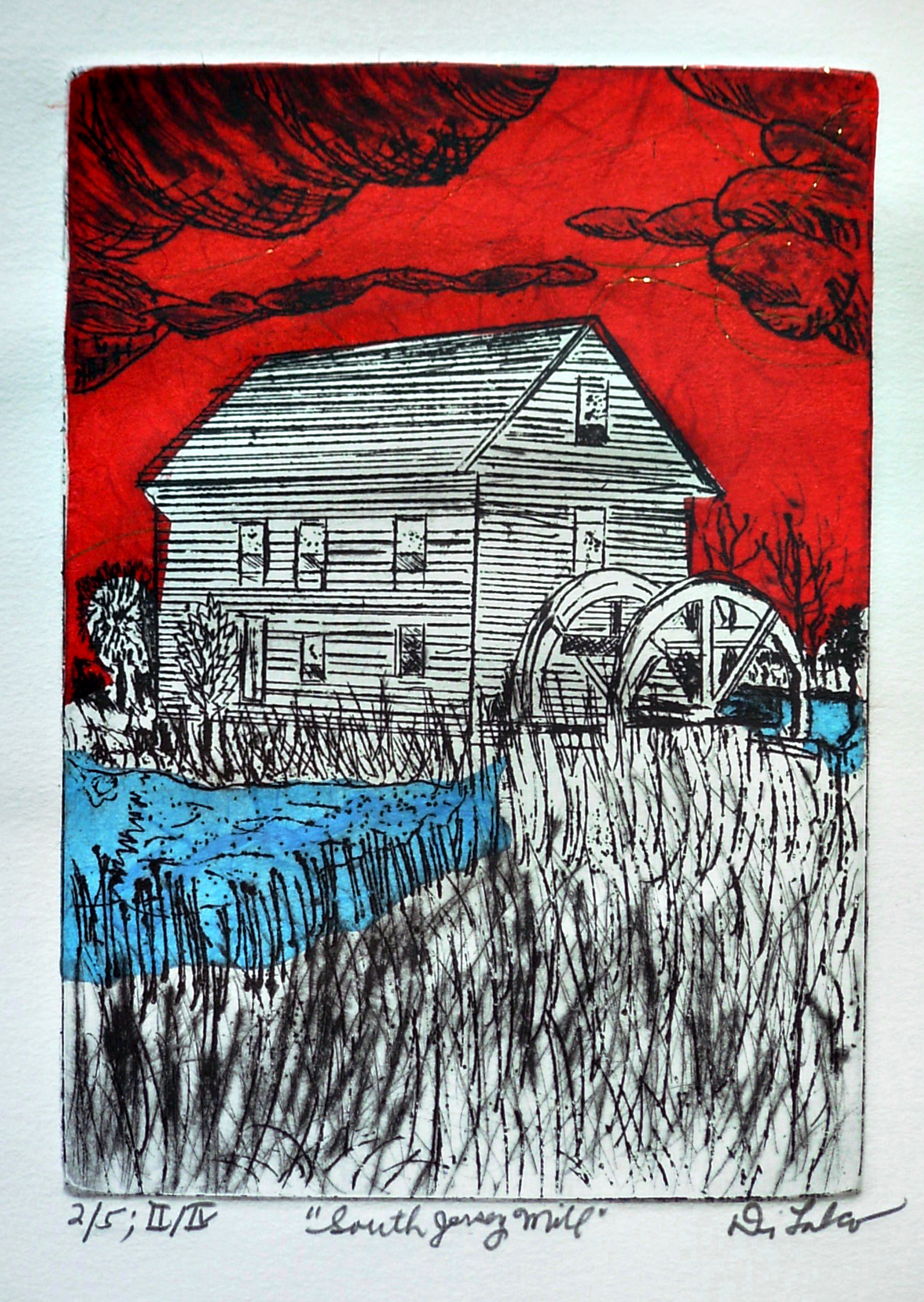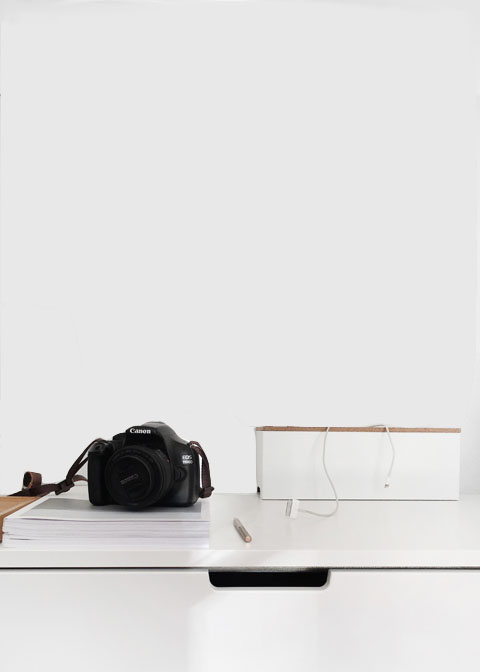South Jersey Mill Printmaking By Jerry Di Falco
Artwork For Sale ❯ Printmaking ❯ Jerry Di Falco ❯ History ❯ South Jersey Mill
Artist:
Jerry Di Falco
Title:
South Jersey Mill
Price:
Year:
2021
Medium:
Size - (USA):
11 W x 14 H x 0.5 D (inches)
Size - (metric):
27.9 W x 35.6 H x 1.3 D (centimeters)
Theme:
Edition:
Original
Artwork ID:
639065
PDF Copy:
Artwork Description:
SIZE GIVEN IS FOR FRAMED WORK. Di Falco’s original etching on zinc plate employs the printmaking techniques of intaglio, drypoint, and Chine colle, pronounced Shin-Kō-lay. His media for this Print Number Two of Five in Edition Two of Four—as noted in pencil on the work’s bottom left edge as 2 5 II IV—includes oil base Charbonnel brand ink, RivesBFK white imported printmaking paper, and Thai mulberry bark paper treated with methylcellulose and infused with Japanese kozo threads. The plate, which required three baths in Nitric acid to develop the image, measures seven inches high by five inches wide17.78cm by 12.70cm. The print itself measures slightly less than eleven inches high by ten inches wide27.94cm by 25.40cmand is shipped to the collector in an archival mat and framesize fourteen inches high by eleven inches wide35.56cm by 27.94cm. Di Falco created the etching on an industrial, floor model Charles Brand press manufactured in New York City and published the editions at The Center for Works on Paper, which is associated with Fleisher Art Memorial’s OPEN STUDIO IN PRINTMAKING. NOTE This art school is connected to the Philadelphia Museum of Art. This print’s EDITION—the SECOND of FOUR—is limited to just five etchings, each executed in a different ink color and paper combination. Four individually cut mulberry bark paper pieces, three blue and one red with gold threads, were each created by stencil to fit over a specific plate area in the Chine collè process. The price includes all costs for handlingthe original etchingan archival mat a frame with Plexi glass front and glued paper backinga Certificate of Authenticitythe professional Shipment Carton plastic wrap to waterproof framed workbubble wrap and other packing materials tapepaper work for shipmentand, printed materials about artist, including a resume. ETCHING NARRATIVEBased on original drawings by Di Falco, all inspired by a 1960 photograph shot by his mother at Batsto Village, an historic site in Southern New Jersey’s pine barrens. As a child, the artist pronounced Batsto as Batso, which accounts for the title’s intentional misspelling. Batsto, which dates back to the mid-sixteenth century, was renowned for its iron ore industry, sawmill, glass blowing facilities, and architecture. One can visit the site virtually via webcams at https batstovillage. org batsto-live-cameras The area is filled with local folklore, including stories about The Jersey Devil. Escaped African American slaves took refuge near here in stops on the Underground Railroad, as did British soldiers who refused to return to England after the War of 1812. Notes on the Chine Colle Process—Chine Colle translates from French as Chinese pasting and is a process in which dyed and treated paper is attached to the etching plate before the printing press action begins. Di Falco mixes Methylcellulose powder with spring water and then paints the resulting clear viscous substance onto hand-dyed mulberry-bark paper from Thailand. In Japan, Unryu translates as CLOUD DRAGON paper because it has long swirling threads of kozo fibers integrated in it, thereby giving the texture and visual effect of clouds. Kozo fibers come the branches of the kozo bush, specifically the innermost of three layers of bark, which must be removed, cooked, and beaten before the sheets are formed. Kozo is harvested annually. The treated Thai paper is then allowed to dry overnight and I cut it to fit the plate areas where I want color to exist in the print. These stenciled mulberry-bark papers are first dampened or misted with water and placed upon the already inked and wiped etching plate. The printing process continues, and creates a multi-colored image on paper.
Artwork Keywords:
New Jersey, Sawmill, Batsto Village, History, Intaglio, Original Printmaking
